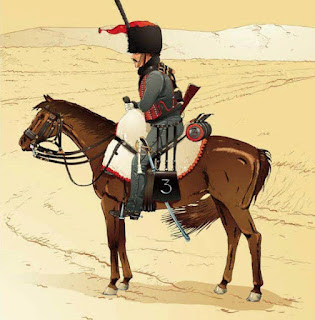The Royal Defence Corps.
John leeson had returned to England by May 1st 1917 and was at Plymouth hospital. He was then moved to the following places during his convalescence and the rest of his service.
Camborne in Cornwall.
Ripon (Yorkshire), on November 1st 1917.
Tynemouth on 26th March 1918.
Ripon on 17th June 1918.
Brocton (Canock Chase), on 29th June 1918 and finally,
Revesby outside Lincoln on 19th October 1918.
On 4th February 1919 he was at No:2 Dispersal Unit, Crystal Palace. He was given a £2 advance and 28 days furlough ‘after which uniform must not be worn’. His pay and discharge documents were sent to 9, Albatross St, Plumstead. He cashed his Postal drafts/Army money orders for his weekly pay whilst on furlough at Frances St Post Office, Woolwich, on 11th, 19th and 28th February.
He was transferred to the Reserve on Demobilisation on 4th March 1919 (age 31).
His discharge certificate states he was by then a Private (78043) in 166th Protection Company, Royal Defence Corps and had also served in the Labour Corps as well as the R.G.A. His medical classification on discharge was B2 and his place of rejoining in case of emergency was the R.D.C. Depot at 24 Sun St. E.C.2.
His discharge certificate states he was by then a Private (78043) in 166th Protection Company, Royal Defence Corps and had also served in the Labour Corps as well as the R.G.A. His medical classification on discharge was B2 and his place of rejoining in case of emergency was the R.D.C. Depot at 24 Sun St. E.C.2.
Much of his service during this time was with Northern Command as a PoW camp guard.
I recall Nanny telling a story of him having to guard prisoners and being ordered to shoot any who tried to escape. He did not agree with that and said he would of deliberately missed.
Arthur Grant was wounded in France in 1915 and
then became the commandant of the Brocton German prisoner of war camp from when
it opened in 1916 to its closure in 1918/1919.
In 1917 Arthur Grant was stationed at Brocton, on Cannock Chase, as Commander of The Prisoner of War Camp. He also commanded the 166th and 167th companies of the Royal Defence Corps.
He lived at Brocton Leys with his family until 1919, when the camp on Cannock Chase was disbanded. Many of the prisoners of war died from an outbreak of influenza in 1918.
RGC Cap Badge.
The R.D.C.
The Royal Defence Corps was a corps of the British Army formed in August 1917 and disbanded in 1936.
It was initially formed by converting
the (Home Service) Garrison battalions of line infantry regiments. Garrison battalions were composed of soldiers either too old or
medically unfit for active front-line service; the Home Service status
indicated they were unable to be transferred overseas. Eighteen battalions were
converted in this way.
The role of the regiment was to
provide troops for security and guard duties inside the UK; guarding important locations such as ports or bridges. It
also provided independent companies for guarding PoW camps. The regiment was
never intended to be employed on overseas service.
From GWF.
PoW Camp Guards
Started
by pdl, Dec 28 2011 10:32 AM
Paul: it's more likely that your list is of PoW camps,
rather than of hospitals. Brocton and Ripon were both major PoW camps. Graham
Mark in Prisoners of War in British Hands during WWI (Postal History Society
2007) mentions Revesby as a work camp but places a question mark in the column
showing "parent camp".
I can't see a reference to Tynemouth, nor to Camborne, but
these places may have had some other reason for needing a military guard.
Camborne was a long way from a major PoW camp, the nearest being near Taunton
(Sandhill Park, which accommodated officers who would not have formed
working-parties) and Dorchester (Dorset).
And also
Northern
Command
Nos.
151,153,154,155,156,157,160,161,162,163,164,165,166,168,169 and 170 Protection Companies [16]
Nos. 199 and 200 Reserve Companies [2]



No comments:
Post a Comment